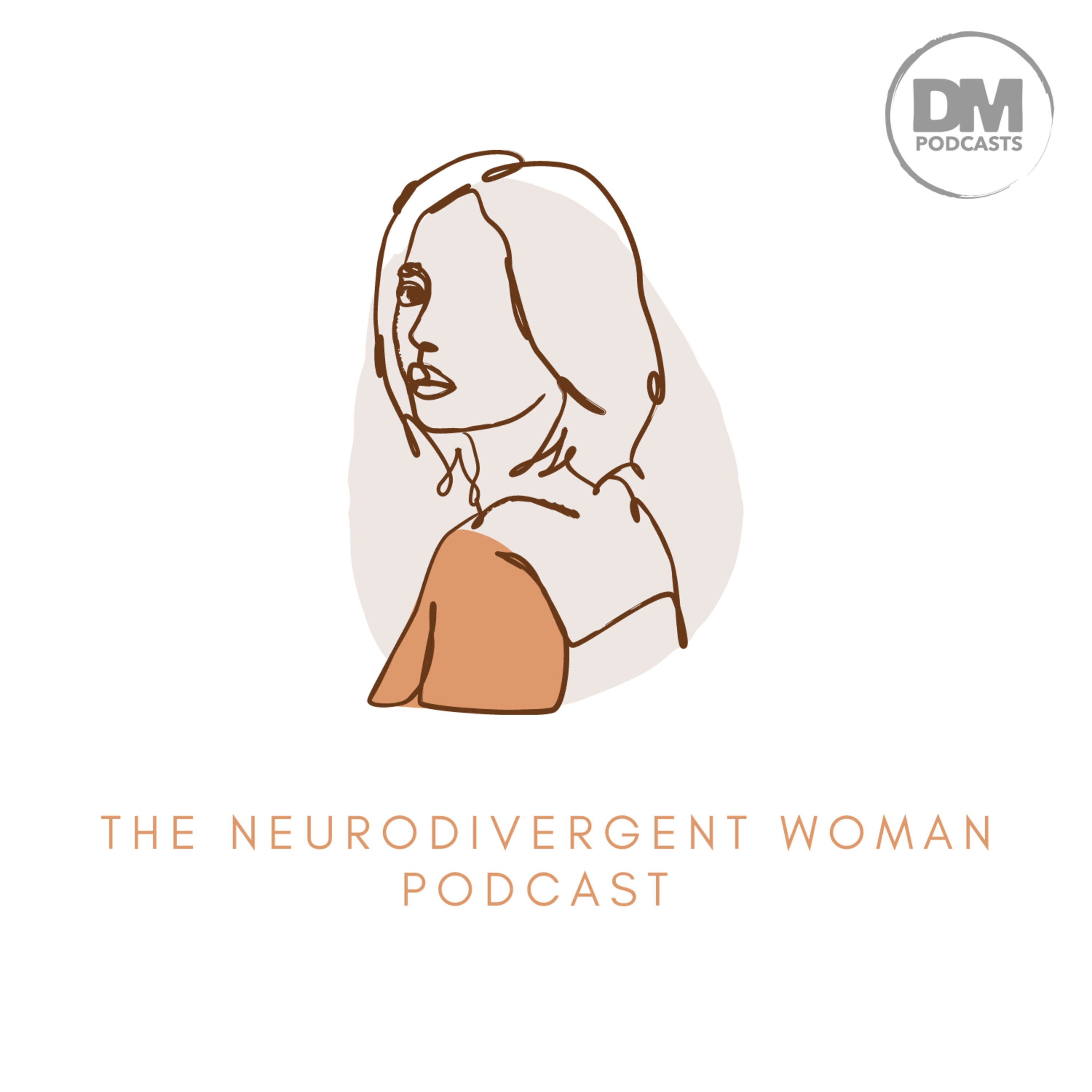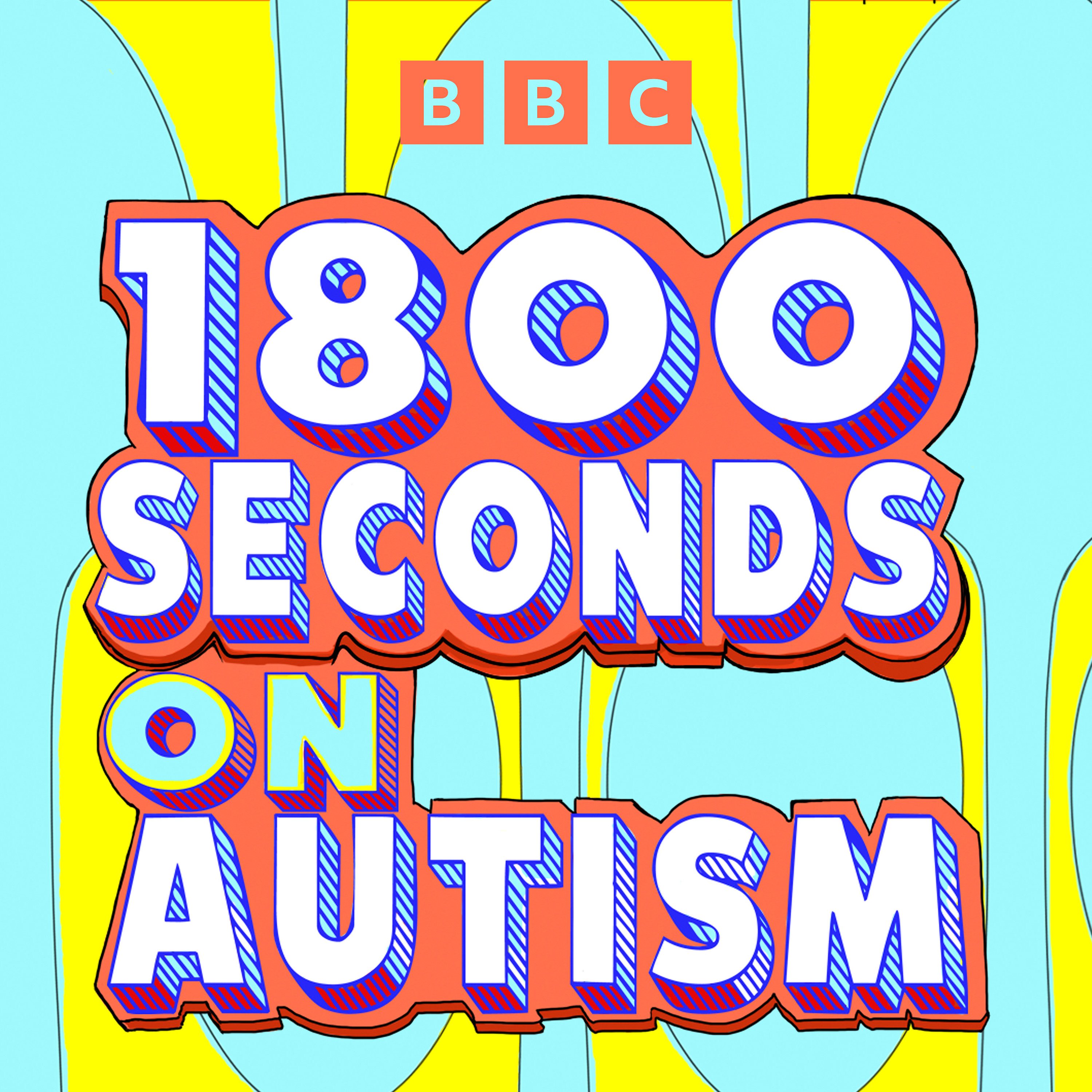
Quietly Autistic at Last
Quietly Autistic at Last
A podcast for the women who were always "a little different"—but never had the words for why.
Hosted by Dr. Allison Sucamele, a woman diagnosed with autism later in life, this podcast explores the quiet, often-overlooked experiences of neurodivergent women who spent years—sometimes decades—masked, misunderstood, or misdiagnosed.
Each episode is a gentle unraveling of what it means to be quietly autistic at last: the grief of being missed, the relief of being named, the power of self-recognition, and the beauty of finally feeling seen.
Whether you’re newly diagnosed, self-identifying, or just beginning to wonder… this space is for you. Tender truths, lived stories, unmasking, and self-compassion—one quiet conversation at a time.
Quietly Autistic at Last
# 7 - When “Rest” Isn’t Recovery
Today we’re diving into something many late-identified autistic women know in our bones: when we don’t get real downtime — the kind with true quiet, low demands, and zero masking — our systems don’t just get tired, they get depleted.
And here’s the twist: a good night’s sleep or a “catch-up” weekend often doesn’t fix it. In this episode, Dr. Allison Sucamele unpacks why that happens through the lens of autistic burnout, camouflaging, sensory load, monotropism, minority stress, and allostatic load — the body’s “wear and tear” from chronic stress.
Using both research and lived experience, we’ll explore:
🌿 Why typical rest isn’t enough for autistic nervous systems
🧠 How masking and sensory strain build hidden exhaustion
⚙️ What allostatic load can teach us about long-term burnout
💫 Practical steps to create true recovery — and protect your energy
A gentle reminder: every autistic journey is unique. This episode reflects one perspective and is for education, reflection, and community support — not a substitute for professional advice.
If you’re struggling or feeling overwhelmed, you can call or text 988 (U.S.) for free, confidential support 24/7. You are not alone. 💛
Works Cited & Referenced
- Raymaker, D. M., et al. (2020). Defining autistic burnout: chronic life stress + mismatch of expectations without supports; characterizes long-term exhaustion and reduced tolerance to stimulus. Autistic adults describe cumulative load and barriers to relief. PubMed+2Liebert Publishing+2
- National Autistic Society (2022). Professional summary of autistic burnout and its features; emphasizes months-long exhaustion and loss of function. National Autistic Society
- Perry, E., et al. (2021). Review on camouflaging as a response to autism; late-diagnosed women describe masking as exhausting and confusing for identity. PMC+1
- Hull, L., et al. (2020). Review of the Female Autism Phenotype and camouflaging. SpringerLink
- Cassidy, S., et al. (2019–2023). Camouflaging associated with thwarted belongingness and suicidality; potential mental-health risks of sustained masking. PMC+2PubMed+2
- Milton, D. (2012). The Double Empathy Problem: breakdowns in mutual understanding between differently disposed people—not a one-sided autistic deficit. Summaries for practice included. Taylor & Francis Online+2National Autistic Society+2
- Sensory processing in autistic adults; Dunn’s model and adult data on hyper-reactivity linking to overload and fatigue. PMC+2AOTA+2
- Sleep in autistic adults: high prevalence of insomnia; links to sensory hyper-reactivity; clinical overviews. PMC+2PMC+2
- Monotropism: attentional style running “narrow and deep,” implications for overload from interruptions and task-switching; professional summaries and original theory. PubMed+2BPS+2
- Minority stress in autism a
Podcasts we love
Check out these other fine podcasts recommended by us, not an algorithm.

The Squarepeg Podcast
Amy Richards
The Lemon Tree Coaching
Dr. Allison Sucamele
The Neurodivergent Woman
Michelle Livock and Monique Mitchelson